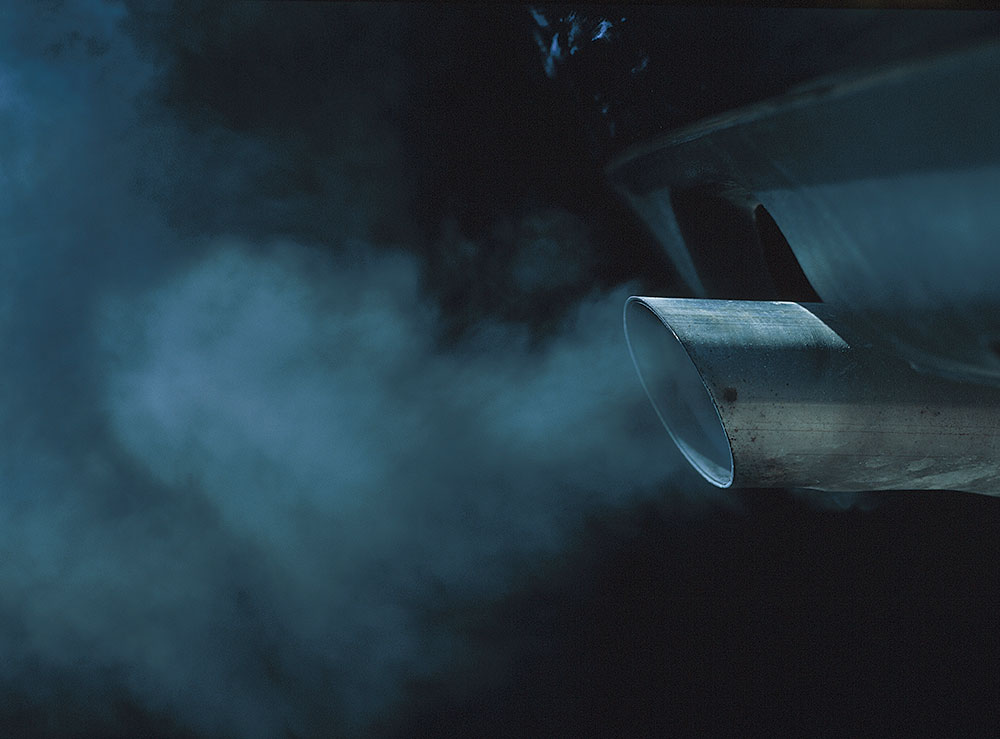A guide to diesel particulate filters
Understand what DPFs do and how they should be maintained.

Diesel particulate filters, commonly known as DPFs, have been in the news after an Australian Federal Court decision in a class action that could cost Toyota about $2 billion.
The class action concerns about 264,000 diesel Hilux, Prado and Fortuner vehicles fitted with a DPF purchased or leased between October 2015 – April 2020.
Further information on Toyota DPFs and the class action decision can be found on Toyota Australia’s website.
DPFs are a piece of emission control equipment required for vehicles to meet tighter diesel vehicle exhaust emission standards.
DPFs are fitted into the exhaust system and, as the name suggests, filter and trap the soot – essentially very fine particulate matter common in diesel exhaust gas, so it doesn’t enter the atmosphere.
These particulates can penetrate deep into the lungs causing significant health problems.
To maintain proper engine performance, the DPF will, at intervals, need to go through a cleaning process known as regeneration to remove the accumulated soot.
Regeneration may occur automatically (a passive regeneration) when vehicle speed and exhaust temperatures are high, such as during sustained highway driving. The driver is unlikely to be aware of this.
In other cases, when the ECU detects a high soot load in the DPF, it will cause a small additional quantity of fuel to be injected into the engine after the main combustion cycle to raise the DPF temperature to around 600°C to trigger regeneration.
At the same time, the driver will usually be alerted by DPF warning lights flashing on the dash while this active regen is in progress.
Once started, the process must be allowed to complete, which typically means driving the vehicle for a certain distance or time (five to 25 minutes is typical) at a defined minimum speed (usually about 80km/h) and engine revs.
However, low-speed and stop-start driving may prevent initiation or completion of the regeneration process.
Without regeneration, vehicle performance will reduce with it entering a limp home or reduced power mode, also bringing engine and DPF warning lights on.
The vehicle will then need to go to a dealer to force a manual regeneration.
This can be costly as it may also involve changing the engine oil and filter after the manual regeneration due to fuel contamination.
A replacement DPF can be very expensive.
Some vehicles include a dash switch to allow the driver to follow a specified procedure, including safety requirements to initiate a regeneration when required.
For any DPF-equipped vehicle, it’s very important to be familiar with the regeneration processes and system details specific to the vehicle, as shown in your owner’s manual.
The most common issues with DPFs will be experienced in vehicles that spend their time in slow-moving and stop-start traffic without regular opportunities to achieve regeneration conditions.
As a result, they may have ongoing issues, so a DPF-equipped vehicle may not be the best choice for drivers for whom this usage pattern is the norm.
Related topics
Things to note
The information in this article has been prepared for general information purposes only and is not intended as legal advice or specific advice to any particular person. Any advice contained in the document is general advice, not intended as legal advice or professional advice and does not take into account any person’s particular circumstances. Before acting on anything based on this advice you should consider its appropriateness to you, having regard to your objectives and needs.
Insurance Products (excluding Travel Insurance) are issued by RACQ Insurance Limited ABN 50 009 704 152 (RACQI) and arranged by its agent, RACQ Distribution Services Pty Ltd (RDS) ABN 35 116 361 650, AFSL 567130 and RDS' authorised representatives (including RACQ Operations Pty Ltd ABN 80 009 663 414, AR No. 234978 (RACQO). Conditions, limits and exclusions apply. RDS and RACQO are in the RACQ group of companies. One of the companies in the RACQ group of companies has a minority shareholding in RACQI.
RDS and RACQO have not taken your personal objectives, circumstances or needs into account when preparing advice regarding insurance products and you will need to consider whether the advice is appropriate for you. Read the Product Disclosure Statement (PDS) and any applicable Supplementary PDS before making a purchase decision on this product. You can also access our Target Market Determinations on this website. RDS receives a commission from RACQI for the policies it arranges. RACQO receives fees paid for services it provides to RDS. Further details about remuneration are available on request prior to purchasing.
Banking and loan products issued by Members Banking Group Limited ABN 83 087 651 054 AFSL/Australian credit licence 241195 trading as RACQ Bank. Terms, conditions, fees, charges and lending policies apply. This is general advice only and may not be right for you. This information does not take your personal objectives, circumstances or needs into account. Read the disclosure documents for your selected product or service, including the Financial Services Guide and the Terms and Conditions, and consider if appropriate for you before deciding.
Except for RACQ Bank, any RACQ entity referred to on this page is not an authorised deposit-taking institution for the purposes of the Banking Act 1959 (Cth). That entity’s obligations do not represent deposits or other liabilities of RACQ Bank. RACQ Bank does not guarantee or otherwise provide assurance in respect of the obligations of that entity, unless noted otherwise.
RACQ Bank subscribes to the Customer Owned Banking Code of Practice which establishes higher standards than the law requires. The Code reflects modern consumer expectations and developments in approaches to issues such as consumer vulnerability, guarantors, and supporting customers through financial hardship. Please read our Customer Owned Banking Code of Practice page for more information.
RACQ Operations Pty Ltd (ABN 80 009 663 414 AR 000234978) and Members Travel Group Pty Ltd (ABN 45 144 538 803 AR 000432492) are acting as an Authorised Representative of the issuer of the insurance, Tokio Marine & Nichido Fire Insurance Co., Ltd. (ABN 80 000 438 291 AFSL 246 548). Any advice set out above is general in nature only, and does not take into account your objectives, financial situation or needs. Before purchasing any travel products, please consider the RACQ Travel Insurance Product Disclosure Statement (PDS) and the Target Market Determinations (TMDs) that apply to these products. Whilst the PDS outlines the Terms and Conditions of these products, the TMDs outline the intended class of customers that comprise the target market for these travel products. This will allow you to consider which products best suit your objectives, financial situation and needs and consider the products appropriateness to your personal circumstances. TMDs also outline matters involving the distribution and the review of these products. The PDS, Supplementary PDS and TMDs for each travel product can be found here.
